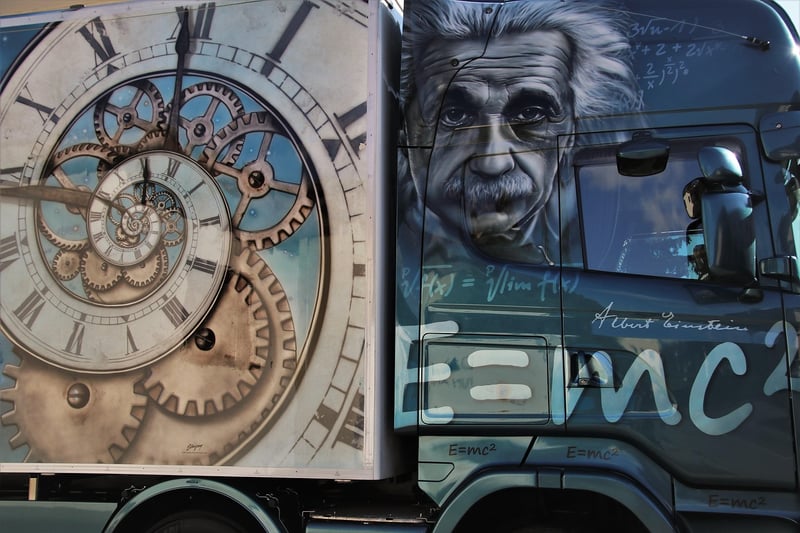Time Warp Theories

Mechanisms for Travel and Time Warp Theories
Introduction
Traveling through time has captivated human imagination for centuries, inspiring countless works of fiction and scientific exploration. While time travel remains a theoretical concept, various mechanisms and theories have been proposed to understand the possibilities and limitations of traversing the fourth dimension. Let's delve into the mechanisms for travel and the fascinating time warp theories that have intrigued scientists and enthusiasts alike.
Mechanisms for Travel
Several hypothetical mechanisms have been suggested for achieving time travel:
- Wormholes: Wormholes are hypothetical tunnels in spacetime that could create shortcuts for traveling between two points in space and time. They are a popular concept in science fiction and theoretical physics.
- Time Machines: Time machines, as envisioned in popular culture, would allow individuals to travel backward or forward in time. The concept involves bending the fabric of spacetime to create closed timelike curves.
- Black Holes: Black holes, with their immense gravitational pull, have been proposed as potential gateways to other points in time or different regions of the universe. However, the extreme conditions near black holes make this a challenging proposition.
Time Warp Theories
Time warp theories explore the bending and warping of spacetime to enable the manipulation of time:
- General Relativity: Albert Einstein's theory of general relativity describes how mass and energy distort spacetime, affecting the flow of time. Objects with high gravitational fields experience time dilation, where time passes at different rates.
- Warp Drive: The concept of warp drive, popularized in science fiction, involves distorting spacetime to achieve faster-than-light travel. While currently beyond our technological capabilities, it remains an intriguing area of research.
- Quantum Mechanics: Quantum mechanics introduces the idea of quantum entanglement and superposition, where particles can be connected across vast distances instantaneously. These phenomena suggest the possibility of non-local effects on time.
Conclusion
While time travel and time warp theories continue to spark curiosity and debate, their practical realization remains elusive. As scientists delve deeper into the mysteries of the universe and explore the frontiers of theoretical physics, the quest to unlock the secrets of time travel persists as a tantalizing pursuit of human imagination.